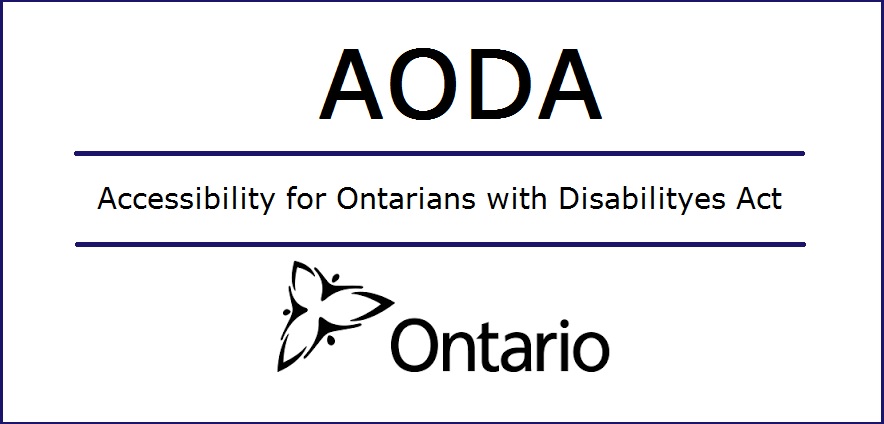accessibility
Implementing AODA Compliance for Web & Mobile Applications
Part of the Ontarian set of laws intended to improve accessibility for people with disabilities, the AODA – Accessibility for Ontarians with Disabilities Act adopted back in 2005 is intended to implement and enforce accessibility standards for Ontarians with disabilities with respect to everyday life aspects like goods, services, employment, accommodation, healthcare, facilities, transport and more kh0csxv.
The act eliminates what is called a barrier in terms of technology, information, communication and more for people with mental or physical disabilities. The Act is a major step forward in the history of fighting against discrimination of persons with disabilities in Ontario, therefore supported by individuals, as well as by government entities and companies alike.
The AODA sets of rules and standards concern the internet perhaps more than anything else. Ontario based websites need to comply with these regulations or are susceptible to penalties that can even escalate to lawsuits. The Act clearly specifies that government entities, public sector organizations, enterprises and related businesses must align their websites and web applications with the World Wide Web Consortium Web Content Accessibility Guidelines (WCAG) 2.0, intended to make website browsing and content access easily available to people with different levels of disabilities, from cognitive limitations to physical impairment.
AODA complaint websites will become the standard in the upcoming years, as the Act’s rules and regulations must be fully adopted and implemented by 2025, as stipulated by the law. However, implementing the necessary accessibility features requires both analysis and development to ensure correct design and functionality and a win-win outcome for visitors and users as well as for website and web apps operators and owners.
The most common implementation of the AODA compliance for web projects is based on the technical standard WCAG 2.0 levels:
- Level A (lowest), which implies a logical app/site structure, audio control, keyboard access, text alternative for non-text content, responsible use of colors, video and audio captions and more
- Level AA (intermediate), which implies live captions, audio alternative to text, text resizing options, sensitive data secured management, pre-set contrast ratio, use of clear and accessible icons, links and buttons, and more
- Level AAA (advanced), which implies translations, media alternatives, intuitive visual layout, keyboard accessibility, location and geo-location services, optimal readability level, help and instruction regarding site browsing and functionality and more
At VerticalWave Solutions we support the AODA and work close with our clients to implement intuitive and correct accessibility features across all the websites, apps and platforms we develop. This is a complex process, starting with website/app/project audit and continuing with responsible research and development to reach the end goal. Our Drupal projects integrate modern UI and UX with intuitive accessibility features. A close focus on design and functionality on both mobile and desktop platforms ensures a successful project delivery and seamless integration with the AODA rules and regulations.
Text resizing, text to speech, full featured content, accurate search, responsive and adaptive design, mobile friendly interface, quick access buttons, media integration, intuitive menus are just a few of the required accessibility features we successfully implemented for important clients like The C.D. Howe Institute, GREO – Gambling Research Exchange Ontario, YouthREX, <a href="https://verticalhq find more info.ca/portfolio_item/the-homeless-hub”>The Homeless Hub and more. All of our clients’ websites and apps are fully comply with the Accessibility for Ontarians with Disabilities Act as required for an optimal web experience.








